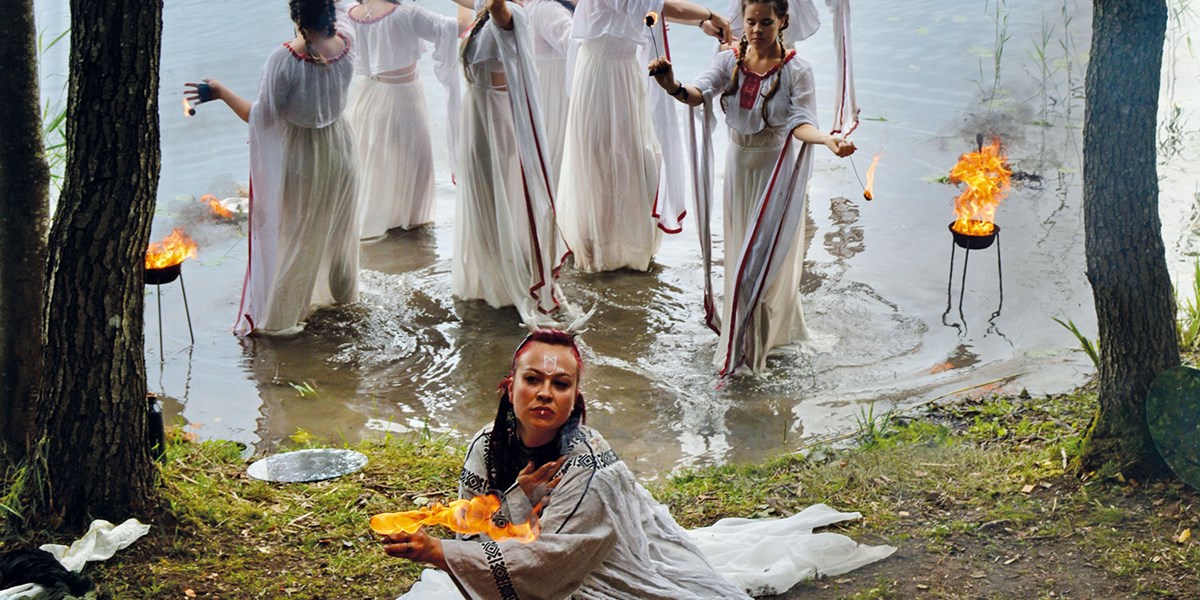Thursday, October 3, 2024
Black-Horned Moon: Old Gods & Burning Altars
Lithuania’s Black-Horned Moon bids farewell with a final celebration of the country’s pagan past. Simon Broughton investigates…

Ketri placate the water spirit in Black-Horned Moon’s woodlands

Register now to continue reading

Thanks for visiting the Songlines website, your guide to an extraordinary world of music and culture. Sign up for a free account now to enjoy:
- Free access to 2 subscriber-only articles and album reviews every month
- Unlimited access to our news and awards pages
- Our regular email newsletters

